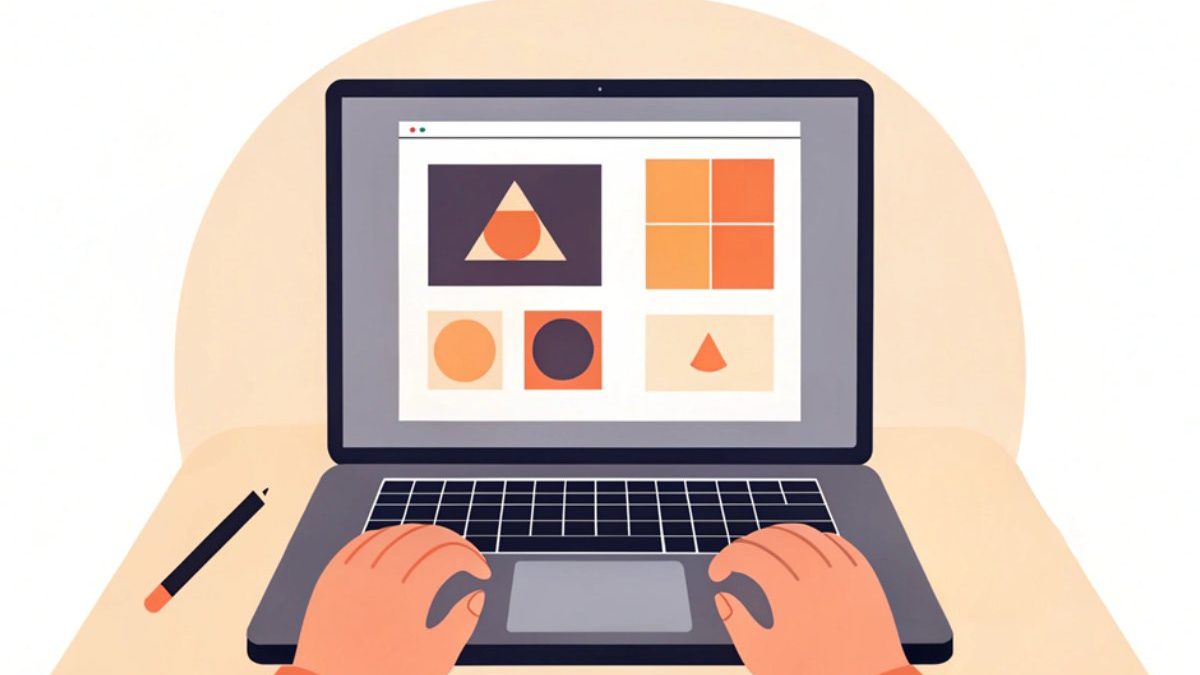A logo is the face of your brand, serving as the first impression customers have of your business. A well-designed logo helps establish credibility, creates brand recognition, and sets you apart from competitors. A poorly designed logo, on the other hand, can make your business look unprofessional and untrustworthy. Investing time in creating the right logo is crucial for long-term success.
This article is prepared by the experts at Turbologo, a company specializing in logo design and branding. With years of experience helping businesses build strong visual identities, we understand the key mistakes that can make or break a logo. Avoiding these pitfalls will ensure your logo effectively represents your brand and stands the test of time.
Table of Contents
Overcomplicating the Design: Less Is More
One of the most common mistakes in logo design is trying to include too many elements. A cluttered logo can confuse your audience and make your brand difficult to remember. The most successful logos—think Apple, Nike, and McDonald’s—are incredibly simple, yet instantly recognizable. Using an AI logo generator can help create a minimalistic design that ensures scalability, versatility, and memorability across different platforms and mediums.
Choosing the Wrong Font: Readability Comes First
Typography plays a crucial role in logo design. Using a font that is difficult to read or inappropriate for your brand can send the wrong message. Overly decorative fonts may look stylish but can become unreadable in small sizes. On the other hand, generic fonts lack personality. The key is to choose a font that aligns with your brand’s identity while ensuring clarity and legibility.
Poor Color Choices: How to Pick the Right Palette
Colors evoke emotions and influence how people perceive your brand. Choosing the wrong colors can make your logo visually unappealing or misrepresent your business. Bright, clashing colors may seem eye-catching but can overwhelm the viewer. Meanwhile, using too many colors can make a logo look unprofessional. A well-thought-out color palette should reflect your brand’s personality and industry standards while maintaining simplicity and balance.
Ignoring Scalability: Your Logo Should Work Everywhere
Your logo needs to be adaptable to different sizes and formats. A design that looks great on a website header may become unreadable when shrunk for a social media profile or business card. Always test your logo at various sizes to ensure that details remain clear and that the overall design remains strong. A scalable logo ensures consistency across all branding materials.
Using Generic or Overused Symbols
Many businesses fall into the trap of using common, overused icons in their logos—such as generic swooshes, globes, or handshake graphics. While these symbols may seem professional, they fail to make your brand stand out. A logo should be unique, distinctive, and tailored to your business’s values and mission. Custom design elements help create a lasting impression on your audience.
Copying Competitors Instead of Creating Something Unique
It’s important to study successful brands for inspiration, but directly copying competitors’ logos can harm your business. Not only does this make your brand look unoriginal, but it can also lead to legal issues. A strong brand identity requires a logo that is authentic and differentiates your business from others in the market.
Not Considering How the Logo Looks in Black and White
A well-designed logo should be versatile enough to work in both color and black-and-white formats. Many businesses make the mistake of relying too much on color to create impact. However, if your logo loses its effectiveness when printed in grayscale, it may need to be simplified. A great logo should be instantly recognizable, regardless of color variations.
Relying Too Much on Trends That Will Become Outdated
Trends in logo design come and go, but your brand identity should be timeless. While trendy elements might make your logo look modern now, they could quickly become outdated, forcing a rebrand sooner than expected. Instead of chasing short-lived trends, focus on classic, enduring design principles that will keep your logo relevant for years to come.
Skipping the Testing Phase: Always Get Feedback Before Finalizing
Before launching your logo, it’s essential to test it across different mediums and get feedback from diverse audiences. What looks good on a computer screen may not translate well to print or merchandise. Show your logo to potential customers, colleagues, and branding experts to gather insights. Constructive feedback can help you refine your design and ensure it resonates with your audience.
Conclusion: Creating a Lasting Impression
A business logo is more than just a graphic—it’s the foundation of your brand identity. By avoiding these common mistakes, you can create a logo that is professional, memorable, and versatile. A well-designed logo enhances brand credibility, builds trust, and helps your business grow. Take the time to design a logo that truly represents your brand, and it will serve as a powerful tool for years to come.

